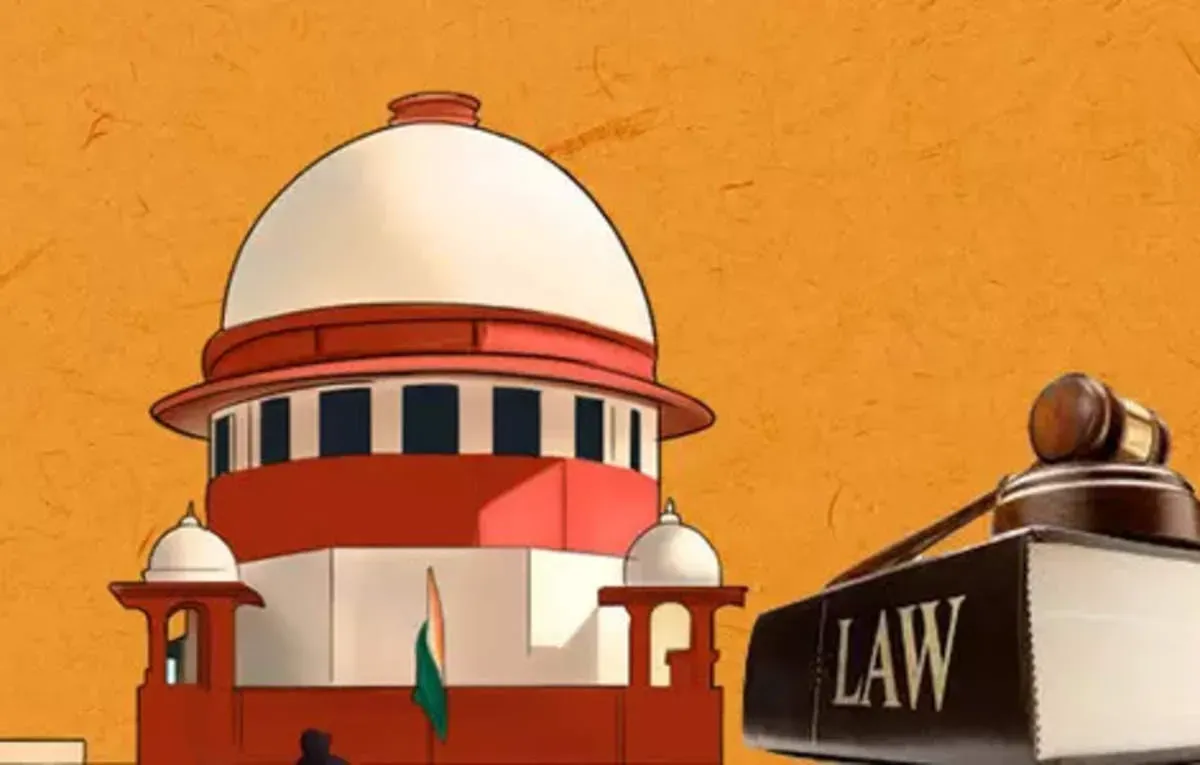Judgment Context and Bench Composition The bench, led by Chief Justice of India (CJI) DY Chandrachud and comprising Justices BR Gavai, Vikram Nath, Bela M Trivedi, Pankaj Mithal, Manoj Misra, and Satish Chandra Sharma, examined the permissibility of sub-classification within SCs. This review was necessary to address the correctness of the 2004 EV Chinnaiah judgment, which had previously held that sub-classification was not permissible under Article 341 of the Constitution. The judgment was reserved on February 8, 2024, after extensive hearings.
CJI Chandrachud’s Majority Opinion CJI Chandrachud, in his leading opinion, referred to historical and empirical data indicating that SCs are not a homogeneous group. He argued that sub-classification does not violate the principle of equality under Article 14 nor Article 341(2) of the Constitution. Chandrachud highlighted that Articles 15 and 16 do not prohibit the State from sub-classifying castes, provided that such classification is justified by quantifiable data showing inadequate representation of the sub-class.
Justice Gavai’s Concurring Judgment Justice BR Gavai supported the decision, emphasizing the State's duty to provide preferential treatment to more backward communities within the SC category. He pointed out that only a few within the SC/ST categories benefit from reservations, and ground realities necessitate such subclassifications. Justice Gavai also advocated for the application of the creamy layer principle to SC/STs, suggesting that excluding the more affluent members within these categories would ensure true equality.
Justice Bela Trivedi’s Dissent Justice Bela Trivedi dissented, maintaining that sub-classification could undermine the unified approach towards social upliftment envisioned by the original classification of SCs under Article 341.
Historical Background and Legal Precedents The case revisited the 2004 EV Chinnaiah ruling, which had deemed sub-classification within SCs unconstitutional, treating them as a single homogeneous group. This precedent was challenged based on the argument that different groups within SCs face varying degrees of discrimination and that sub-classification could ensure more equitable distribution of reservation benefits.
Arguments for Sub-Classification The petitioners argued that the EV Chinnaiah judgment misinterpreted the Supreme Court's observations in the landmark Indra Sawhney case, which permitted sub-classification within Other Backward Classes (OBCs) but did not explicitly exclude SCs. They contended that sub-classification would lead to a more efficient and diverse governance structure by ensuring adequate representation of the most backward groups within SCs.
State of Punjab’s Stand The State of Punjab, represented by senior advocates including Kapil Sibal and Gurminder Singh, supported the need for sub-classification. They argued that the degree of backwardness varies within SCs and that sub-classification based on empirical data would help in addressing the disparities more effectively.
Union Government’s Support The Union Government, represented by Attorney General R Venkataramani and Solicitor General Tushar Mehta, also backed the sub-classification. They emphasized the importance of tailored policies to uplift the most disadvantaged sections within the SC community.
Opposition to Sub-Classification The respondents, however, argued that Article 341 intended to create a unified class of SCs based on common discrimination. They contended that sub-classification should be within the exclusive domain of Parliament, as stipulated under Article 341(2), and that allowing states to create sub-classes could lead to fragmented and inconsistent reservation policies.
Implications of the Judgment The Supreme Court's decision to permit sub-classification within SCs represents a significant shift in India's reservation policy framework. It acknowledges the heterogeneity within the SC category and aims to ensure that the benefits of affirmative action reach the most marginalized groups. The judgment mandates that any sub-classification must be backed by empirical data and be subject to judicial review, preventing arbitrary or politically motivated decisions.
Conclusion This landmark judgment by the Supreme Court underscores the importance of nuanced and data-driven approaches to social justice. By allowing sub-classification within SCs, the Court aims to rectify historical injustices more effectively and ensure a more equitable distribution of reservation benefits. This decision is poised to impact the reservation policies across India, fostering a more inclusive and just society.










0 Comments
Thank you for your response. It will help us to improve in the future.